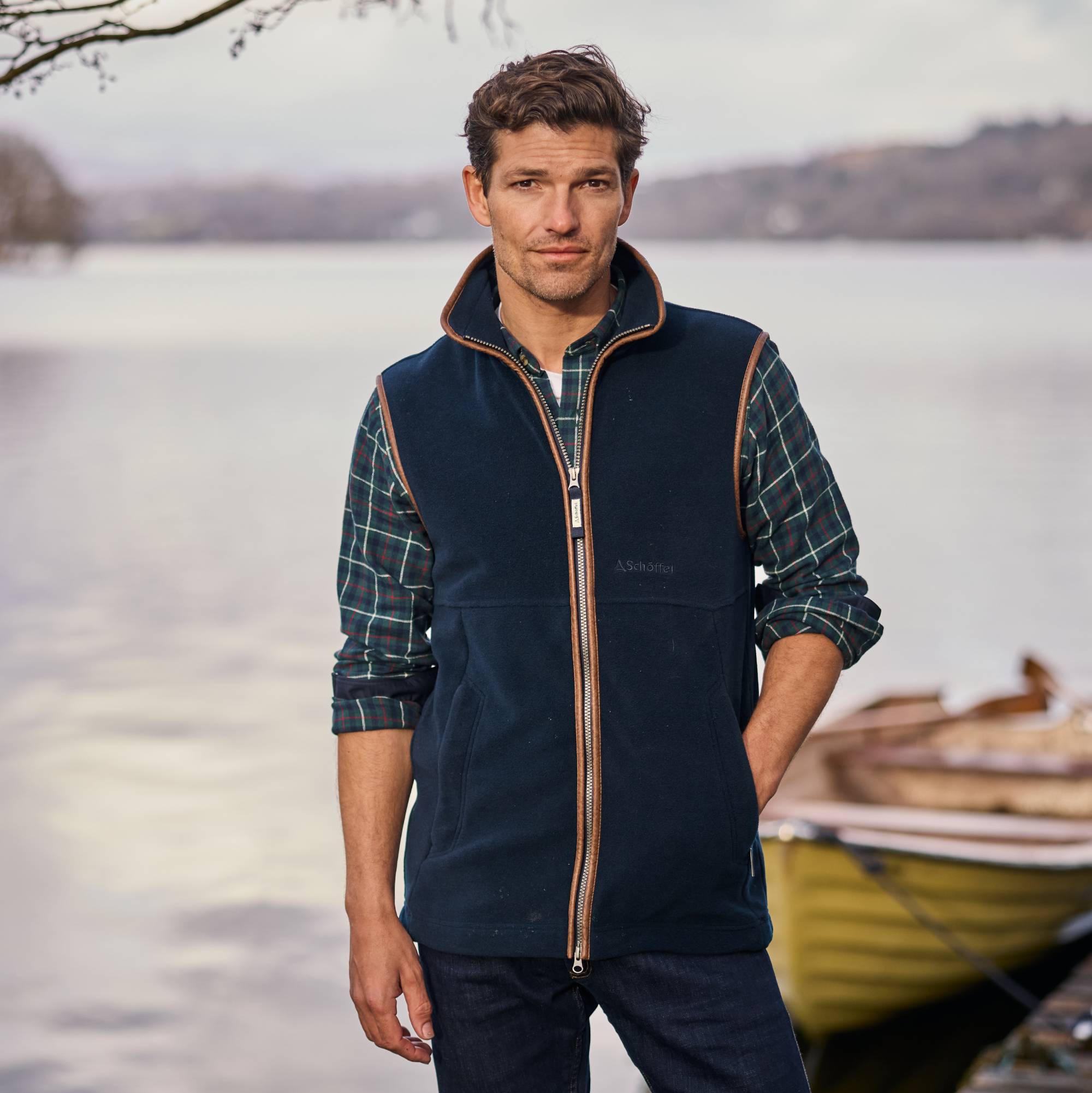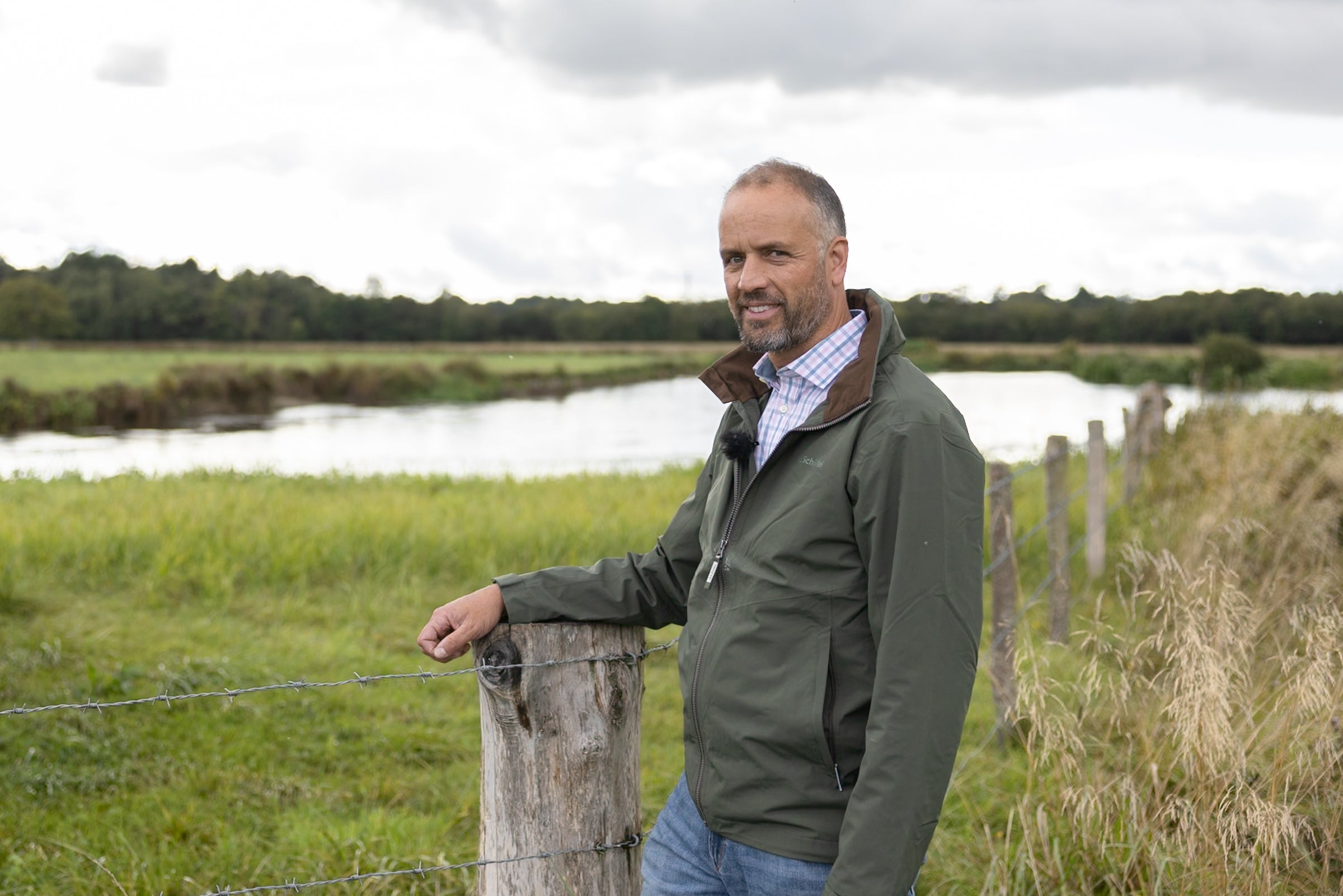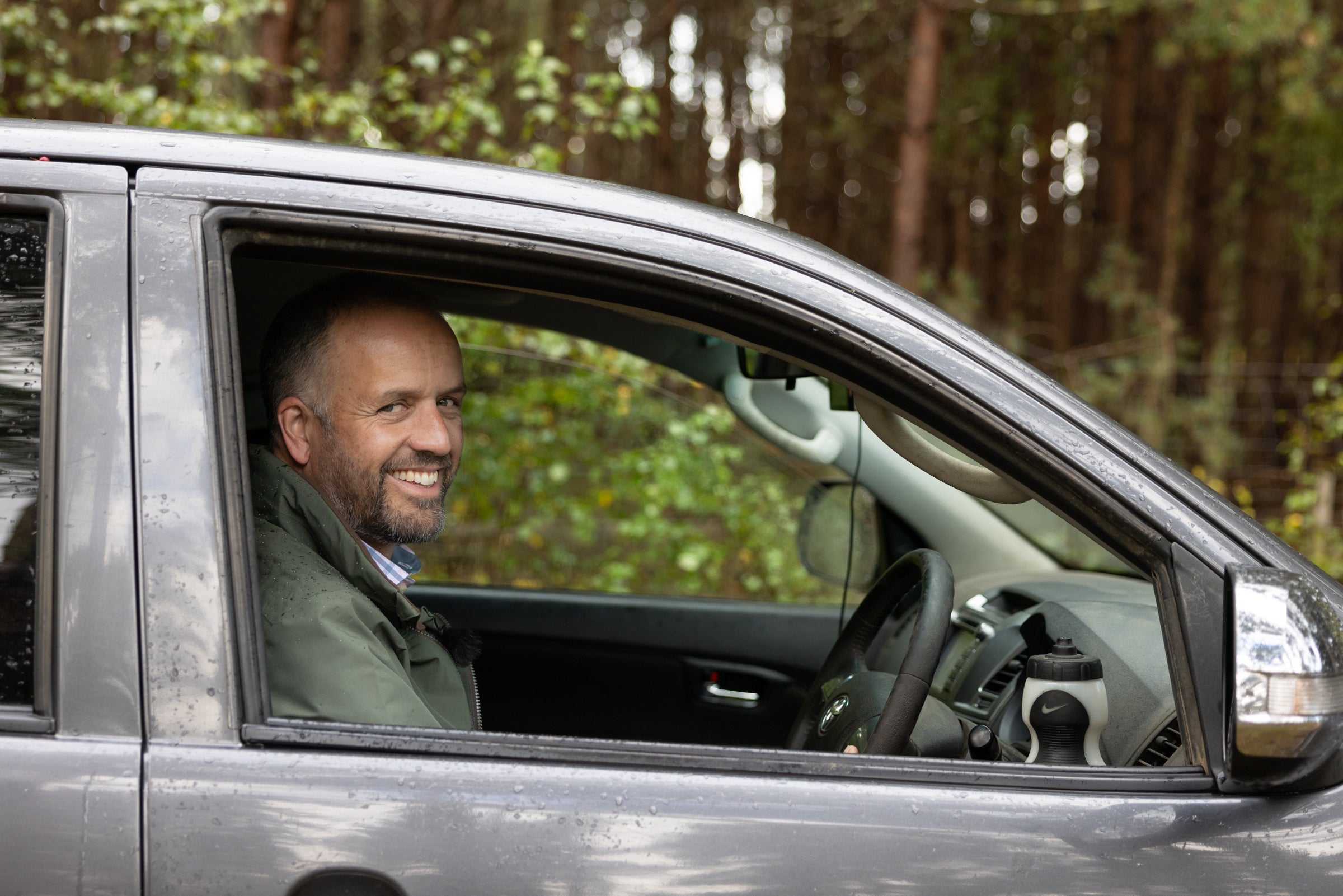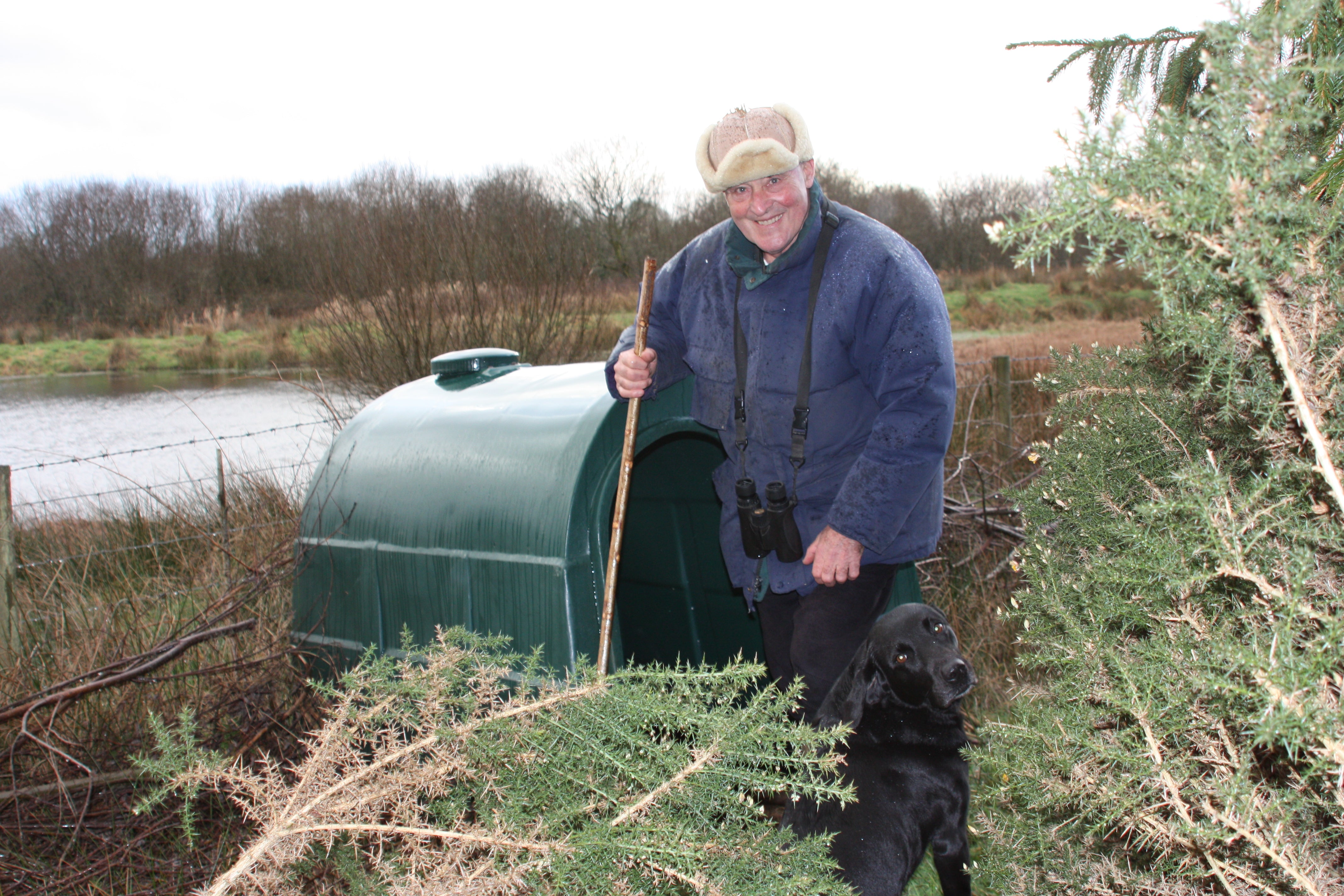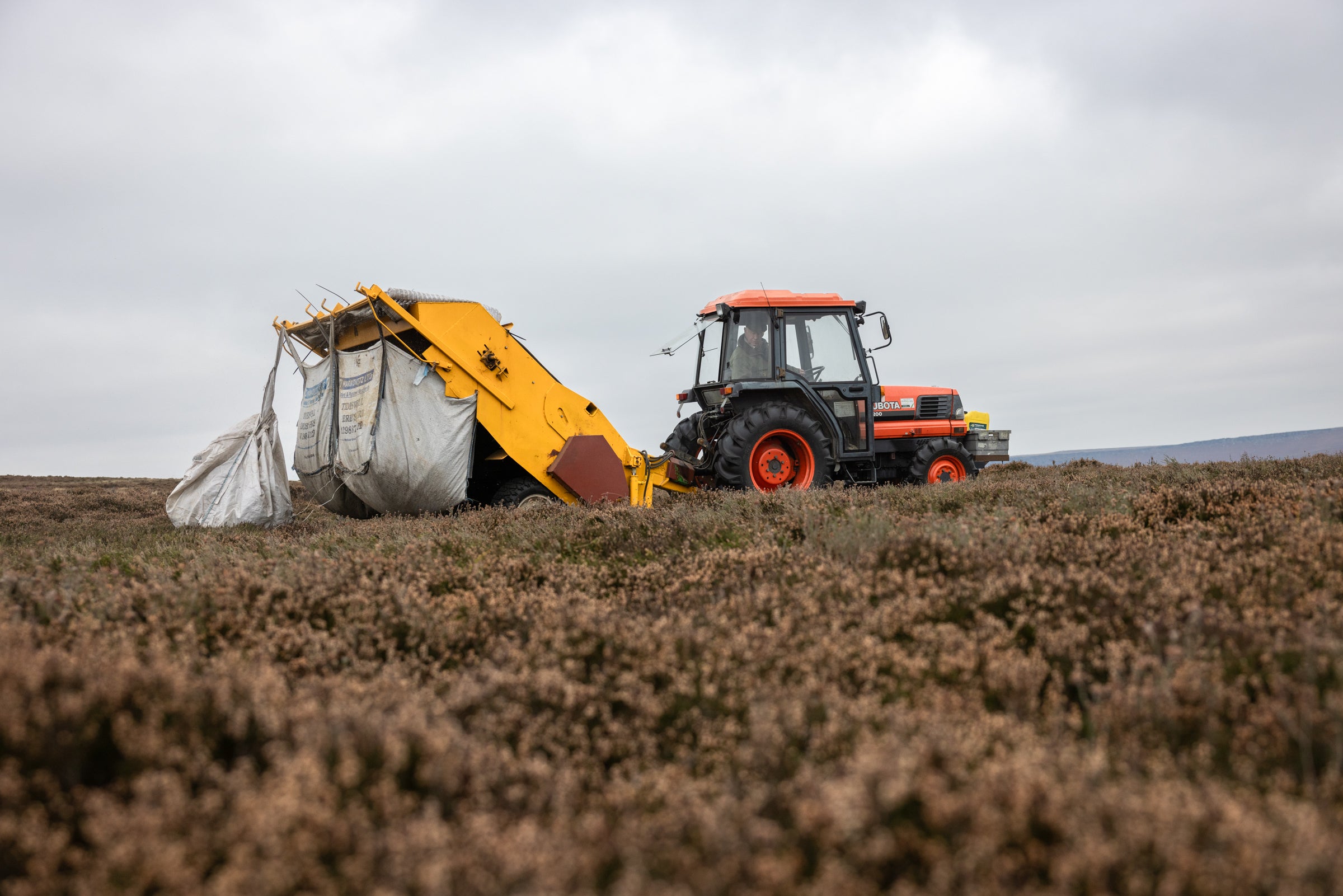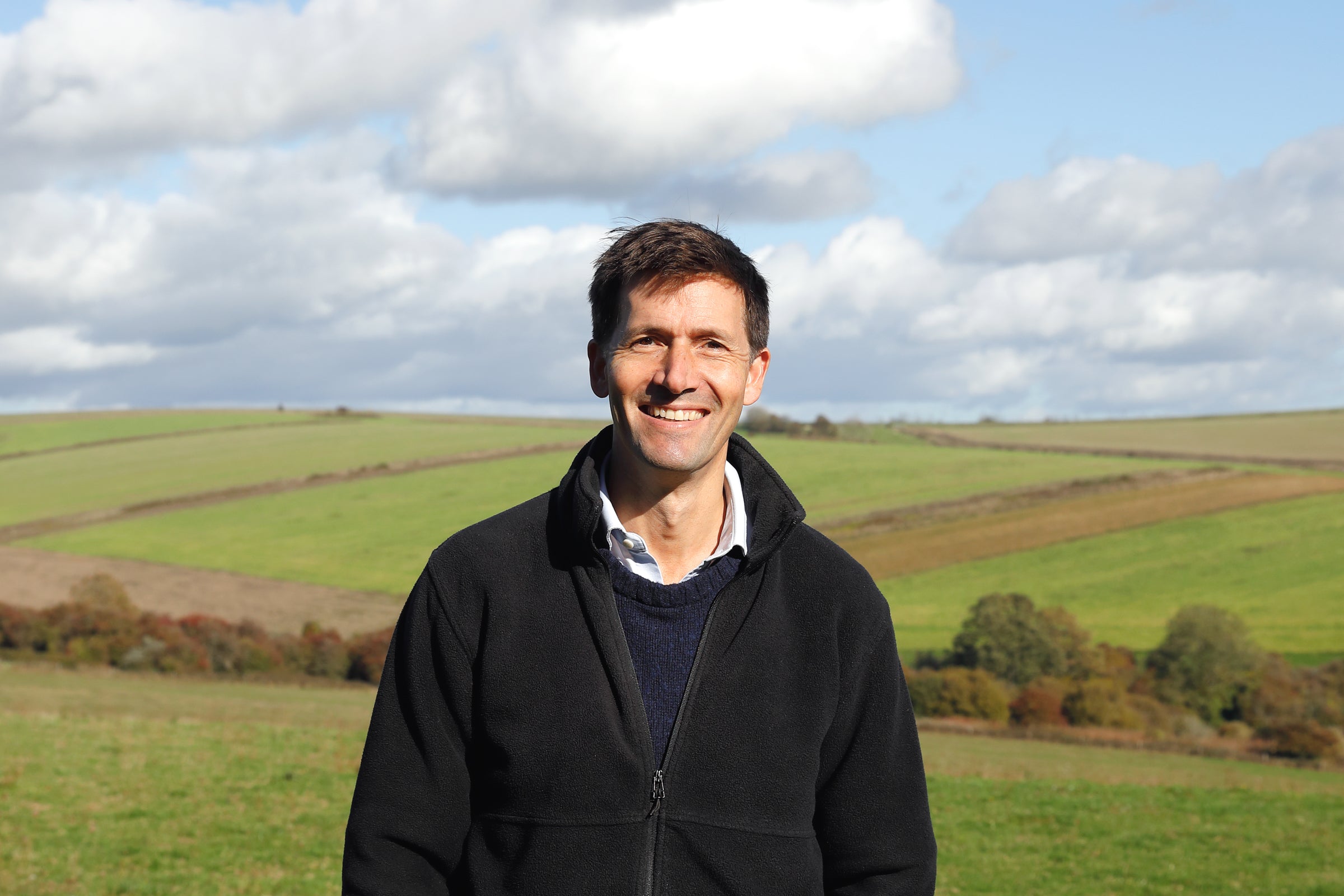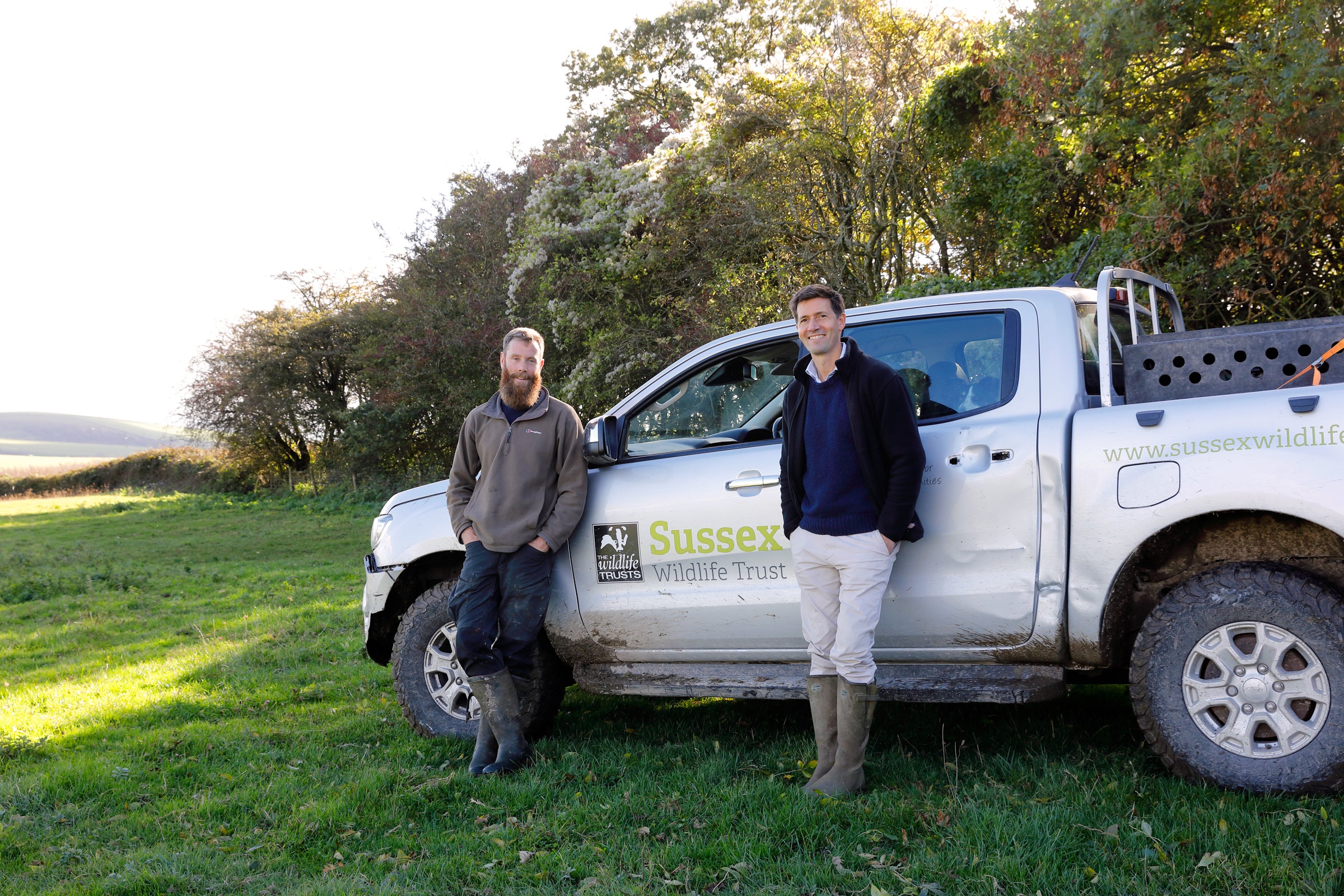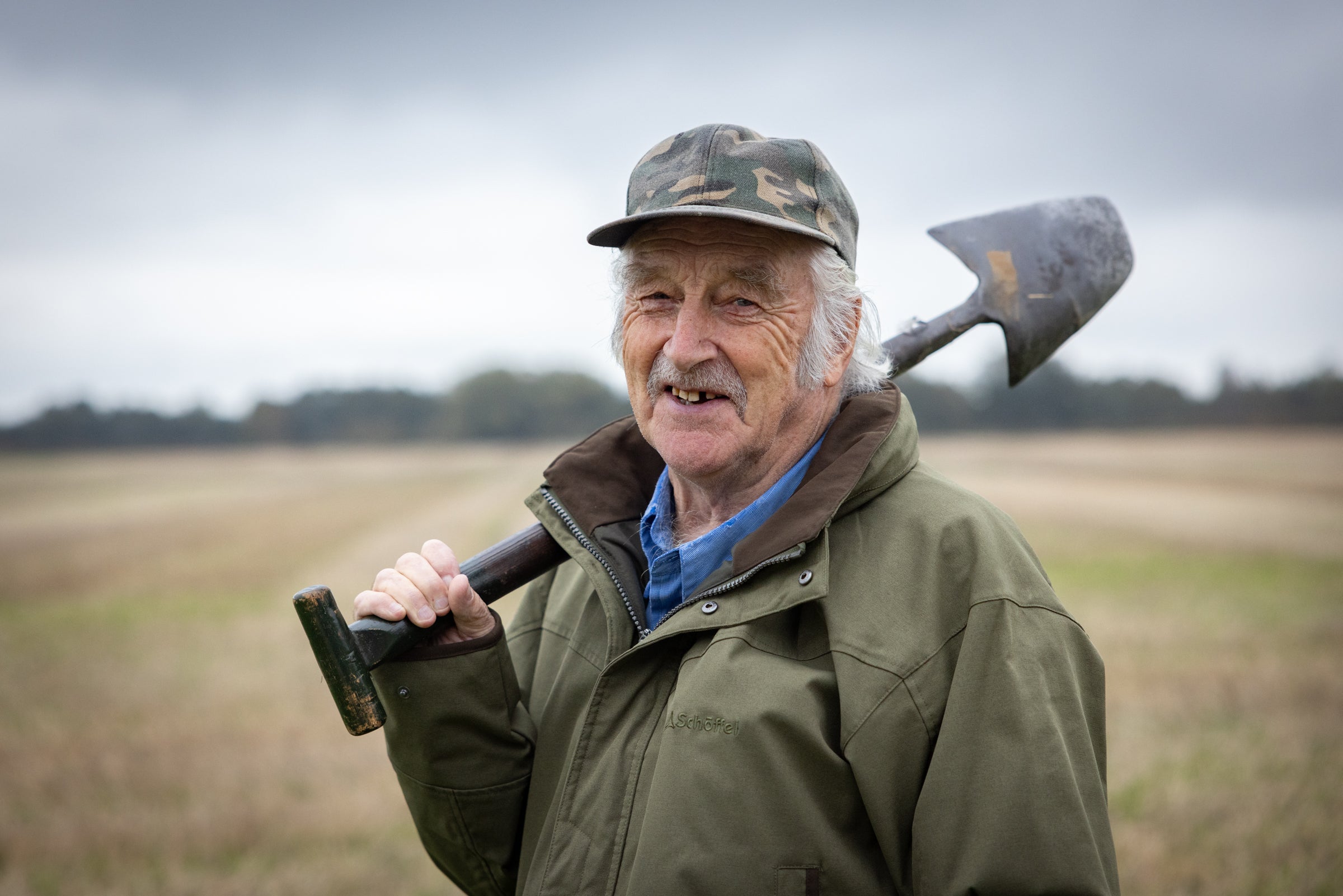

Schöffel Countryside Awards | Insights from the judges
The inaugural Schöffel Countryside Awards ceremony, run in partnership with Game & Wildlife Conservation Trust, was hosted by Coutts Landed Estates in central London on 3 November. So, what did the judges have to say about the very worthy winners?
Over the course of the summer our esteemed panel of judges for the Schöffel Countryside Awards – comprising Game & Wildlife Conservation Trust scientists and advisors, and external experts in relevant fields – have visited 24 finalists across six award categories.
The calibre of entry was as high as the glut of passion was apparent. In all corners of the UK, our judging panel found truly remarkable people doing extraordinary things for the British countryside – for farming, wildlife, and the natural environment.
It was an extremely challenging task to select an outright winner for each award category. And yet, eventually our winners were chosen. Here’s a little more about each of them, pulled straight from the judging reports...
Working Conservationist Award – Rupert Brewer – Bisterne Estate, Hampshire
Sponsored by Harrison Spinks.
As soon as you meet him, it is clear that Rupert Brewer is someone who brings an exceptional breadth of knowledge and an infectious enthusiasm to his role as game and wildlife manager on the Bisterne Estate. His approach in balancing shooting interests with wildlife conservation is both thoughtful and impressively evidence based. The Bisterne landscape offers a bit of everything; dry heathland, riverine water meadows, woodland, pasture and arable margins and Rupert is managing this mosaic with both precision and purpose.
Rupert’s role is underpinned by a remarkable network of partnerships. Whether it is stream re-bending with the Wessex Rivers Trust, water vole reintroduction with the Environment Agency and Gow Consultancy, working on curlew head-starting projects on other estates assisting ringing, or feed supply support for the White-tailed Sea Eagles of the Roy Dennis Foundation, he is active in dozens of projects that extend well beyond the remit of traditional shoot management.
Rupert’s passion is perhaps most evident in his ongoing commitment to breeding waders on the Bisterne water meadows. The estate has more breeding pairs of redshank in one field on than in the whole of the rest of the New Forest National Park.
Overall, Rupert Brewer embodies the ethos of the ‘working conservationist’. He does not keep his knowledge to himself, nor does he separate game interests from wildlife ones – instead, he unites them through practice, evidence, continued learning (both academic and practical) and conviction.
Rupert Brewer is a rare example of a practitioner who combines deep ecological knowledge, practical land management skills, and a gift for communication and collaboration. He works across boundaries; between shooting and conservation; between tradition and innovation and between generations – always with integrity, humility, and a commitment to the natural world. The range and depth of the projects he is involved in, along with his ability to collaborate and inspire others, mark him out as an exceptional ambassador for working conservation.
Nature-Friendly Farm/Estate Award – Cruglas Farm, Ceredigion
Sponsored by Oakbank Game & Conservation.
Cruglas was the perfect blank canvas on which to build a long-term project of biodiversity restoration when Terry Mills bought it in 1995. Although organic farming was a growing movement at the time, few, if any, in upland Wales had the ambition he had to balance the imperative of increasing biodiversity alongside running an economically viable hill farm.
Appreciating that over 70% of the land in Britain is used for farming, Terry felt that this was an opportunity to produce an exemplar which might inform conversations about farming and nature restoration locally, and further afield.
Before rushing in on a programme of nature restoration, Terry decided to study the land to learn how it was being farmed and to survey its existing biodiversity there at the time. It was clear to the judges that underpinning Terry’s approach throughout his time at Cruglas, was a deep appreciation of the importance of constant monitoring and recording of biodiversity, and his written records bear witness to how well he has performed this important task since 1995.
The sound of birdsong was very evident to the judges visiting; this hinted to the huge boost in biodiversity which has resulted from the impressive habitat work put in place. This has largely been achieved through the efforts of one man and the help of limited labour over a period of 30 years. The careful thought, planning, and adaptive management approach, along with the fastidious monitoring and record-keeping by Terry Mills at Cruglas makes this a standout long-term farmland conservation project.
Innovation in Conservation Award – Geoff Eyre, Abney Moor, Derbyshire
Sponsored by B-hive Innovations.
Having spent a lifetime working on moorland management, regeneration and habitat restoration in the uplands, Geoff Eyre’s methods are now followed on moors across the north of England and Scotland. He is known for having pioneered “cool burning” techniques on large-scale heather restoration projects, even visible from space.
His systematic approach to overcoming problems whilst restoring Abney Moor, is truly impressive. His motivation was to integrate his moor into his livestock business by increasing its grazing capacity, which would increase revenue and help pay for the restoration work. He also understood that by carefully managing grazing levels he could maintain a wide mix of traditional moorland flora and therefore recover the moor’s lost biodiversity which had suffered from many years of neglect.
Geoff’s level of innovation, backed by his skills in agronomy and agricultural engineering is nothing short of unique, as are the results of his life-long work in upland management. This along with a dogged determination has led to the miraculous recovery of not only Abney Moor, but other moors where he has worked or provided advice and knowhow. His methodology has been used by other moor owners to restore large areas of open peat across England and Scotland. Geoff estimates he has been responsible over the years for seeding moss, heather and other moorland plants over 500 square kilometres of the UK uplands.
Farm-Environment Partnership Award – Wiston Estate, Sussex
Recognising farms that have formed successful partnerships with others, showcasing the positive outcomes of collaboration – sponsored by The Crown Estate.
An outstanding exemplar of farming and environment working together whilst many of the environmental schemes are funded through Countryside Stewardship Higher Tier, Sustainable Farming Incentive and historically from the ESA schemes. The farm business adopts the best practice principle with winter bird foods, pollen-nectar plots, connecting habitats, woodlands and species-rich grassland, all managed extremely well.
Outside of the farming operations the key partnership is with the Sussex Wildlife Trust who graze 120 suckler cows and their progeny across the grassland together with a number of Romney sheep but also some Herdwicks and goats. The grassland is all entered into environmental stewardship options and in many places is species-rich chalk grassland. In addition, there is some highly valuable grazing around chalk pits which harbours musk orchid and the ‘Pride of Sussex’, the round-headed rampion, as well as many other important species: vipers bugloss, squinancywort, eyebright, milkwort, horseshoe vetch, scabious, knapweed and bedstraw.
The farm and estate work with mental health charities to offer green health prescriptions from the Steyning Health Centre, something that has been developed over a number of years. Whilst not a core part of the estate it again highlights the mindset and activity of the owners.
The conservation aspect of the farm partnership is incredibly strong. Findon Park Farm/Wiston Estate have been part of one of the most important, longest-running and inspirational monitoring projects in the world that measures the impact of changes in farming on the fauna and flora of arable land – The Sussex Study, run by the GWCT which started in 1968 with an investigation into the causes of the decline in numbers of the grey partridge. You can read more about the 50 years of the study from the National Geographic and download the study's first annual report from 1968.
Wetland & Watercourse Conservation Award – Bisterne Estate, Hampshire
Sponsored by The Atlantic Salmon Trust.
Bisterne is a 1,600-hectare estate, straddling the Hampshire Avon downstream of Ringwood, 30% of which is variously designated as SSSI, SPA, and RAMSAR. In 2015, the GWCT-led Waders for Real project was established, funded primarily through the EU’s LIFE programme. The project ignited a passion and determination for wetland conservation across the estate that continues long after the LIFE project has been concluded.
Whilst the conservation efforts at Bisterne do not follow a formal strategy or plan, owner Hallam Mills and game and wildlife manager Rupert Brewer (and others within the estate team) are extremely flexible and responsive to opportunities as they arise, and they have also successfully brought into the conservation efforts the three tenants who farm on the estate. Indeed, the dairy farm is critical in the management of the floodplain for wildlife.
Much of Bisterne’s work focuses on the floodplain meadows and grazing marsh, with scrapes, ditch reprofiling, wetting and willow clearance improving habitat for breeding lapwing, redshank, little ringed plover, oystercatcher and water vole, producing some extraordinary results with numbers of breeding lapwing and redshank pairs increasing significantly in the past 10 years. Water voles were reintroduced annually from 2022 and are rapidly expanding in number and range along the improved ditches and carriers across the floodplain. Lethal and non-lethal predator management has been pivotal in the success of the voles and survival of wader chicks.
Rising Star Award – Thomas Hilder, Hampshire
Sponsored by Pressendye.
Having spent the past three years managing Bartley Heath and Hook Common nature reserve for the Hampshire and Isle of Wight Wildlife Trust (HIWWT), former Sparsholt College graduate Tom demonstrates a very clear and deep understanding of the landscapes he is working within, and the species that can – and should – be found there.
Through careful planning and management, Tom is regenerating wet and dry heathland, acid grassland, wood pasture, open woodland and more. He has also engaged the local community through the ‘Wilder Hook’ group to care about the natural spaces around them, and has worked with neighbouring landowners to try and ensure the continued longevity of the habitats he manages.
What stands out is how he has taken a series of sites in need of attention and is now successfully managing and recovering the habitats and species found there. Looking at earlier satellite images of the site, and hearing the history from Tom, it is obvious that the diverse range of well-managed habitats and threatened species found there today are the result of Tom’s extensive knowledge, careful planning, and practical skills.
His next challenge involves taking on the responsibility for ALL reserves managed by HIWWT.
Tom is a fantastic example and role model for future generations of working conservationists –full of passion, knowledge, and potential.
The judges also awarded the following finalists with special recognition awards:
John Hitchcock (above and below), from South Yorkshire, was given a Lifetime Achievement in Conservation award and Jim and Julia Beary, in Cumbria, were given an Outstanding Contribution to Conservation award.
For the last 50 years John has conserved the wildlife on the farm where he helps whilst assisting the owner, James Hinchcliffe, in creating new habitats, and he praises the landlord for being so supportive of his environmental efforts. He is assiduous about “doing the right thing” and staying on the right side of the law when it comes to all aspects of wildlife law and management. Out in all weathers, throughout the year, John has been the custodian of the landscape on Thorne and Hatfield Moors for most of his long life. He is now 84 and still out every day doing his magic.
The judges were also incredibly impressed by the comprehensive vision Jim and Julia Beary had for their farm, which they planned and implemented themselves – a fantastic example of a tenant in an upland setting putting a sword to the myth that in the uplands one can either see only sheep or only trees/nature. Both are being done here to a very high level of quality, and in an incredibly short space of time. Jim and Julia make a fantastic ambassador for tenant farmers – fresh faces with a great deal of personal humility hiding a massive amount of talent and passion.

